Description
Enjoy this exotic Central American treat anytime
The Mamey Sapote, scientifically known as Pouteria sapota, is a tropical fruit tree prized for its sweet and creamy fruit. Originating from Central America, this evergreen tree produces large, oval-shaped fruits with rough, brown skin and vibrant orange flesh. The flesh has a smooth texture and a flavor reminiscent of sweet potato, pumpkin, and almond, making it a delightful treat on its own or as an ingredient in smoothies, desserts, and ice creams.
Caring for your Sapote
The Mamey Sapote belongs to the Sapotaceae family and is prized for its delicious and nutritious fruit, as well as its ornamental value in landscaping. Growing and caring for Mamey Sapote trees requires attention to their specific environmental needs, soil conditions, pruning, and pest management.
Light
Mamey Sapote trees thrive in tropical and subtropical climates, where temperatures remain consistently warm throughout the year. Ideal temperature range for growth is between 70°F to 85°F (21°C to 29°C). Plant Mamey Sapote trees in a location that receives full sun exposure for at least 6 to 8 hours a day. Protect young trees from strong winds and frost, as they are sensitive to cold temperatures.
Soil
Mamey Sapote trees prefer well-draining, fertile soil with a pH level between 6.0 to 7.5. Sandy loam or loamy soil types are ideal for optimal root development and water drainage. Ensure the soil is rich in organic matter by amending it with compost or well-decomposed manure before planting.
Choose a planting site with sufficient space to accommodate the mature size of the Mamey Sapote tree, which can reach heights of up to 60 feet. Dig a hole that is twice as wide and slightly deeper than the root ball of the sapling. Place the tree in the center of the hole and backfill with soil, ensuring that the graft union is above the soil line. Water the newly planted tree thoroughly to settle the soil and remove any air pockets around the roots. Mulch the area around the base of the tree with organic mulch to retain moisture and suppress weed growth.
Water
Provide regular, deep watering to Mamey Sapote trees, especially during the dry season or periods of drought. Water young trees deeply once or twice a week, allowing the soil to dry slightly between waterings. Mature trees may require less frequent watering but still benefit from deep irrigation during prolonged dry spells. Avoid overwatering, as excessive moisture can lead to root rot and other fungal diseases.
Fertilization
Apply a balanced fertilizer specifically formulated for fruit trees to promote healthy growth and fruit production. Fertilize young Mamey Sapote trees every 2 to 3 months during the growing season, starting in early spring. Mature trees can be fertilized 3 to 4 times a year, with reduced frequency during the winter months. Follow the manufacturer’s instructions for application rates and timing, and avoid applying fertilizer directly to the trunk to prevent burning.
Pruning
Prune Mamey Sapote trees annually to maintain their shape, remove dead or diseased branches, and improve air circulation within the canopy. Conduct pruning during the dormant season, preferably in late winter or early spring, before new growth begins. Use clean, sharp pruning tools to make clean cuts and minimize the risk of introducing pathogens. Remove any suckers or water sprouts that emerge from the base of the tree or along the trunk. Prune branches that are crossing or rubbing against each other to prevent damage and encourage proper growth.
Pest and Disease Management
Keep Mamey Sapote trees healthy and stress-free to minimize susceptibility to pests and diseases. Monitor the trees regularly for signs of pests such as aphids, scale insects, mites, and fruit flies. Control pest infestations with insecticidal soap, horticultural oil, or neem oil, following the manufacturer’s instructions. Practice good sanitation by removing fallen leaves, fruits, and debris from around the base of the tree to prevent fungal diseases. Treat fungal infections such as powdery mildew or anthracnose with fungicides labeled for use on fruit trees, if necessary.
Harvesting
Mamey Sapote fruits typically ripen 4 to 5 months after flowering, depending on the variety and growing conditions. Harvest fruits when they are fully mature and have developed a deep, reddish-brown color and yield slightly to gentle pressure. Use pruning shears to cut the fruits from the tree, leaving a short stem attached. Handle harvested fruits with care to avoid bruising or damage, as they are susceptible to spoilage.

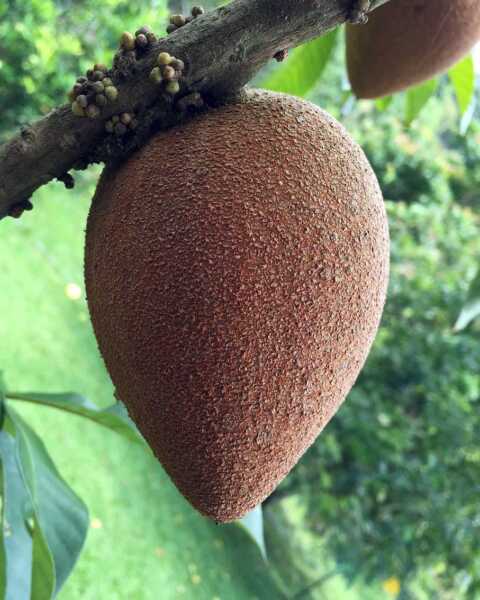
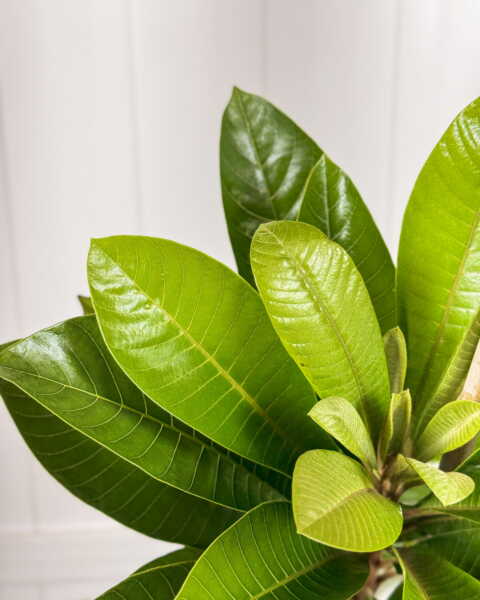


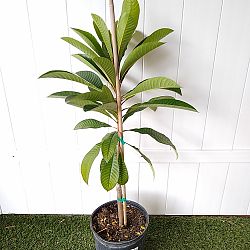
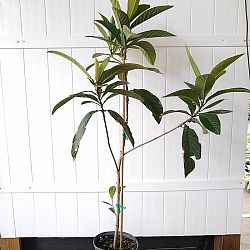

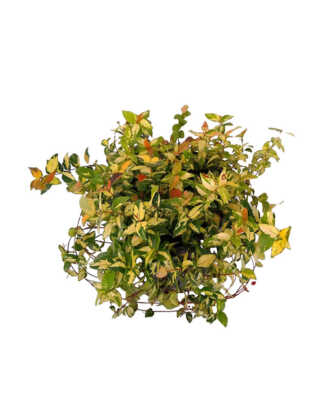
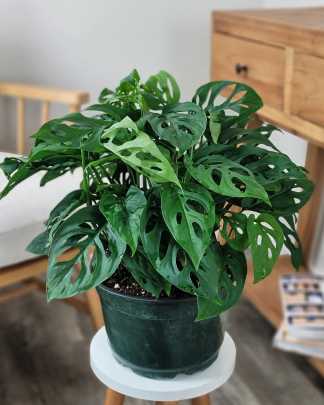
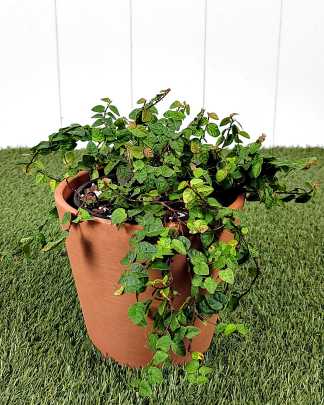



Reviews
There are no reviews yet.